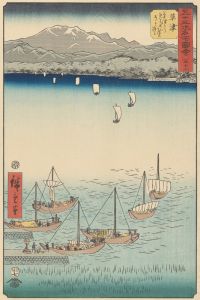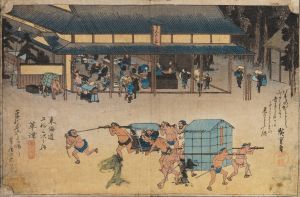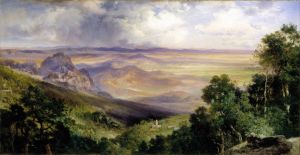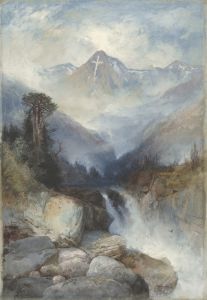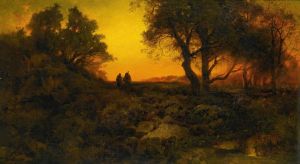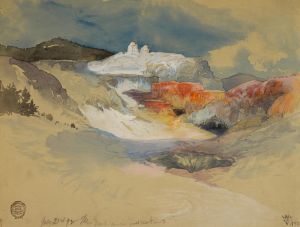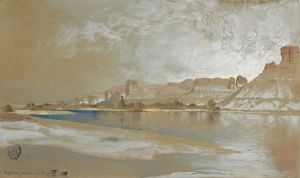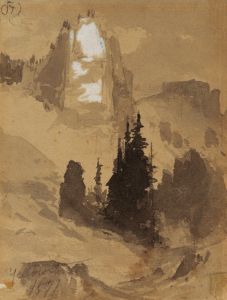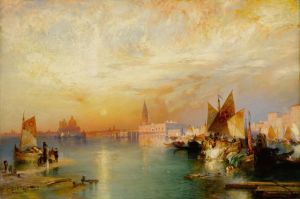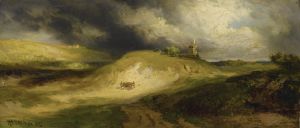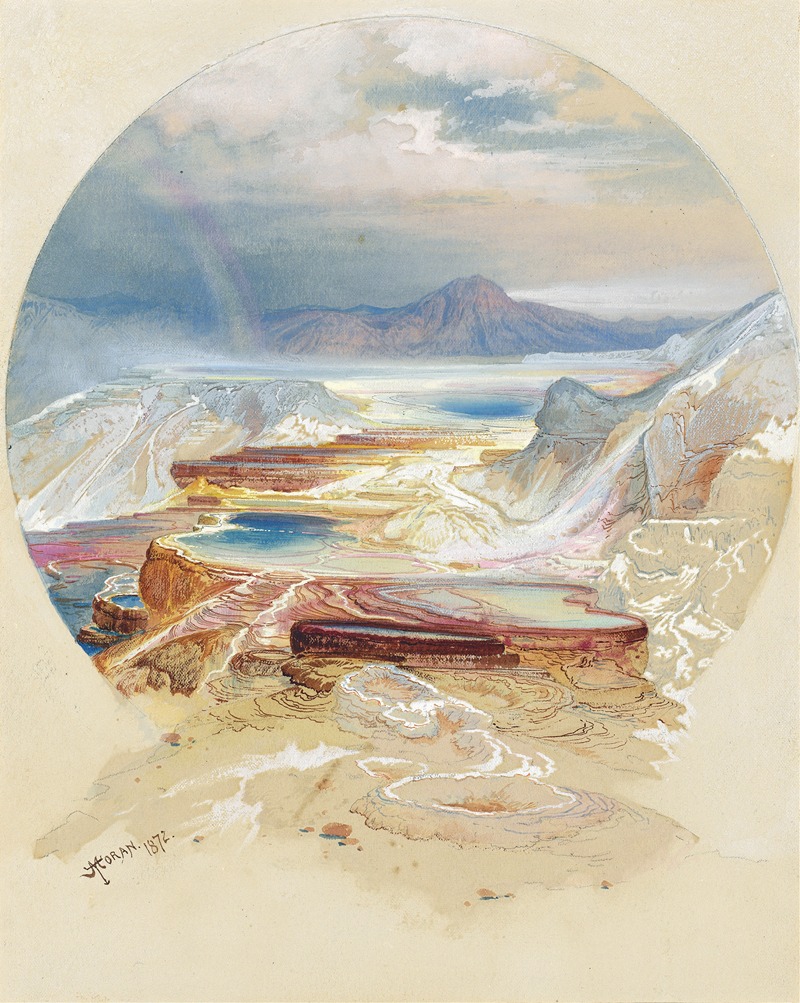
Minerva Terrace, Yellowstone
A hand-painted replica of Thomas Moran’s masterpiece Minerva Terrace, Yellowstone, meticulously crafted by professional artists to capture the true essence of the original. Each piece is created with museum-quality canvas and rare mineral pigments, carefully painted by experienced artists with delicate brushstrokes and rich, layered colors to perfectly recreate the texture of the original artwork. Unlike machine-printed reproductions, this hand-painted version brings the painting to life, infused with the artist’s emotions and skill in every stroke. Whether for personal collection or home decoration, it instantly elevates the artistic atmosphere of any space.
Thomas Moran's "Minerva Terrace, Yellowstone" is a notable work by the American painter renowned for his depictions of the American West. Moran, born in 1837 in Bolton, England, immigrated to the United States with his family in 1844. He became one of the leading figures in the Hudson River School, a group of landscape painters known for their romantic portrayal of the American wilderness.
Moran's association with Yellowstone began in 1871 when he joined the Hayden Geological Survey of 1871, led by Ferdinand V. Hayden. This expedition was the first federally funded survey of the Yellowstone region, and Moran's participation was pivotal in capturing the grandeur of the landscape through art. His sketches and paintings from this journey played a significant role in convincing the United States Congress to establish Yellowstone as the first national park in 1872.
"Minerva Terrace, Yellowstone" is one of the many works Moran created that depict the geothermal features of Yellowstone National Park. Minerva Terrace is part of the Mammoth Hot Springs, known for its striking travertine formations. These terraces are formed by the deposition of calcium carbonate, which is brought to the surface by hot springs. The vibrant colors and unique formations of the terraces have long been a subject of fascination and artistic inspiration.
Moran's painting captures the intricate details and vivid colors of Minerva Terrace, showcasing his skill in rendering natural landscapes with both accuracy and artistic flair. His use of light and color highlights the ethereal beauty of the terraces, emphasizing the dynamic interplay between the natural elements. Moran's work is characterized by its romantic style, which often imbues the landscape with a sense of grandeur and sublimity.
The impact of Moran's work extends beyond its artistic value. His paintings, along with the photographs taken by William Henry Jackson during the same expedition, were instrumental in promoting the idea of preserving natural landscapes for public enjoyment and education. Moran's art helped to shape the perception of the American West as a region of unparalleled beauty and wonder, deserving of protection and appreciation.
Thomas Moran's legacy as an artist is closely tied to his contributions to the conservation movement in the United States. His paintings of Yellowstone, including "Minerva Terrace," continue to be celebrated for their role in the establishment of national parks and their influence on the American landscape tradition. Today, Moran's works are held in high regard and are part of the collections of major institutions, including the Smithsonian American Art Museum and the National Gallery of Art.
In summary, "Minerva Terrace, Yellowstone" by Thomas Moran is a significant piece of art that reflects both the natural beauty of Yellowstone National Park and the historical context of its preservation. Moran's ability to capture the essence of the landscape has left a lasting impact on both the art world and the conservation movement, cementing his place as a pivotal figure in American art history.





